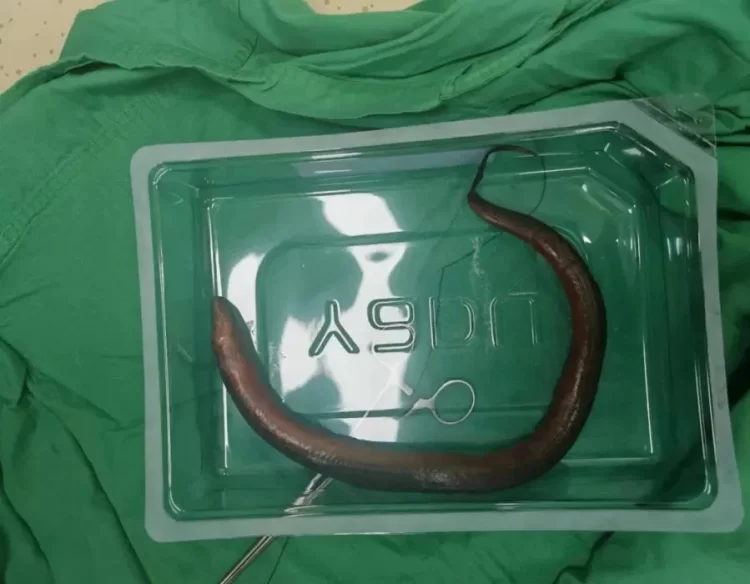During the day, Huang Doudou looks like a normal 7-year-old girl, but seeing her perform at her night job, wearing excessive makeup and dressed inappropriately, you’d think she was twice her age.
Huang Doudou, a primary school student from Urumqi, China, has recently caused controversy in Chinese media, after her shocking story became viral. The 7-year-old lives with her parents in a room just 12-square-meters in size. Her mother has a crippled left leg and tries to support the family by peddling in the streets and babysitting, while her father, who suffers from a serious stomach condition, can only do light jobs. They barely managed to make ends meet every month, so young Huang Doudou stepped in and decided to use her dance skills to contribute to the family budget and pay for her dancing tuition.




















